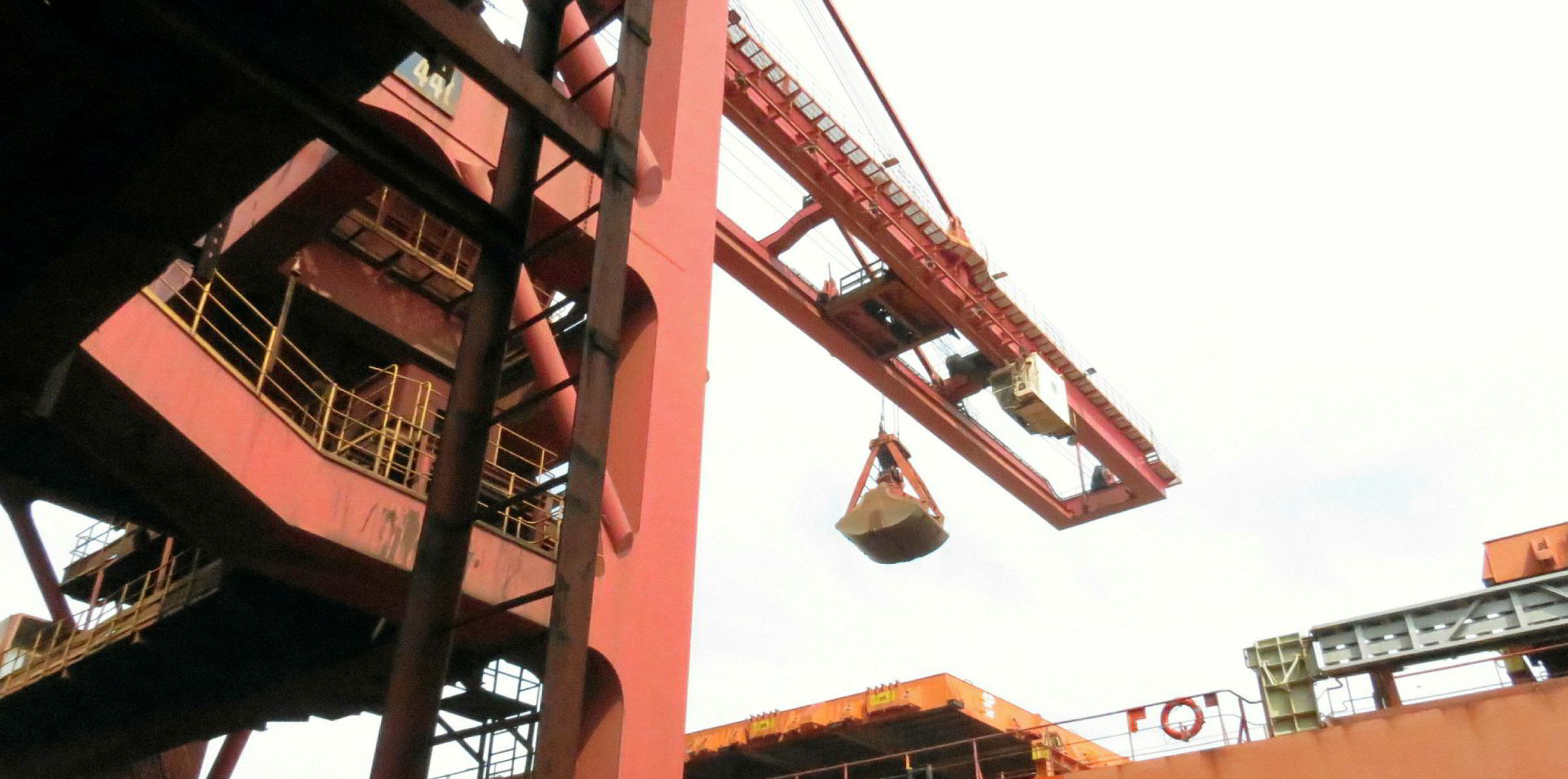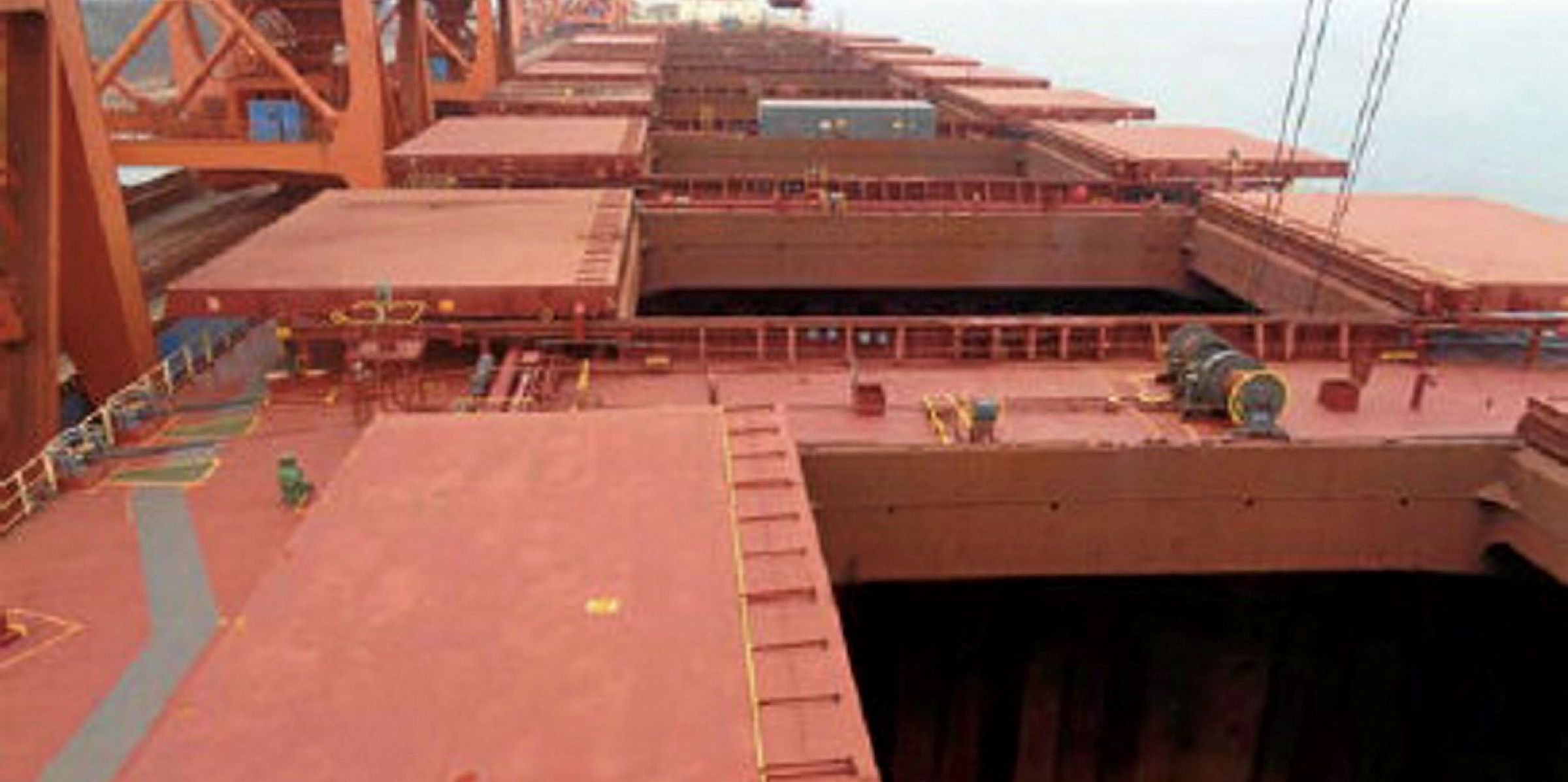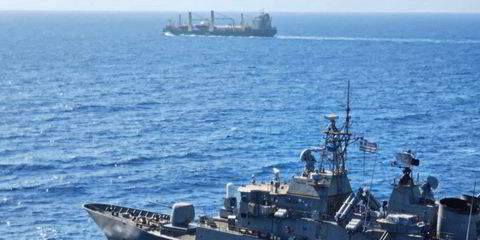Capesize rates are into a third week of steady declines after reaching a height not seen in years but should stay well above year-ago levels, analysts say.
The average daily price for such a massive bulker has slid to $31,470 from $38,014 on 4 September but should keep above $25,000 through 2019, Jefferies analyst Randy Givens said.
"We have a long way to go to reach the pre-Vale levels, which were less than half of current spot rates," he told TradeWinds.
"The floor is certainly higher than $15,000 per day."
Rates reached $15,157 per day a year ago before bottoming out at $3,460 per day after a 25 January Vale dam disaster took 93m tonnes of iron ore off the market.
Vale has been slowly returning to full iron-ore capacity since then but rates may remain volatile in the near-term, Giveans said.
"With the majority of vessels remaining in the Pacific due to proximity of upcoming dry docking and scrubber installations, we expect the Atlantic to remain at premium rates," he said.
Just a correction
This recent decline was expected as a correction to cape rates that hit a nine-year high, capesize specialist Seanergy chief executive Stamatis Tsantanis told TradeWinds.
"Despite the recent correction, I would like to stress the fact that the fundamental drivers of this year’s improvement are still largely intact and so I believe we are unlikely to see rates revert to $15,000 within 4Q 2019," he said.
After all, iron-ore exports from Brazil are returning to normal and scrubber installations will limit ship supply into 2020, he said.
Looking beyond 2019, about 20% of the sailing capesize fleet — up to 320 ships — will be fitted with scrubbers by year-end 2020, according to Fearnleys Q3 2019 Dry Bulk review, Tsantanis said.
"We believe this will continue to keep rates higher than what is implied from normal seasonal variations," he said.
"Last but very important, in the one-year timecharter market, we are still seeing rates in excess of $20,000 for standard specification cape vessels, which makes us particularly confident in our view."
Back to the Pacific
The extended volatility is not surprising, given dry bulk shipping capacity left the Atlantic basin for the Pacific basin amid Vale's higher output, Deutsche Bank analyst Chris Snyder said.
"While cape rates have been on the downtrend, we still see spot markets in the $32,000 range, which is quite supportive," he told TradeWinds.
"We expect the market will remain relatively tight over the remainder of the second half and above last year’s levels as Vale ramps production and supply remains constrained by scrubber installations where delays are mounting."
Despite the recent downturn, cape rates have doubled year-to-date and should stay elevated on IMO 2020 and seasonal patterns, Noble Capital Markets analyst Poe Fratt said.
Negative factors such as the ongoing US-China trade war and customers backing away from higher rates, however, may keep them below the recent multiyear high, he said.
"I think that the trade tension might have dropped a bit but there is no clear direction in the talks and economic numbers have been softer," he said.






